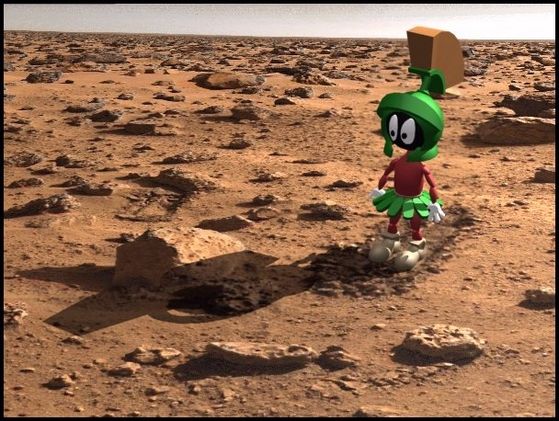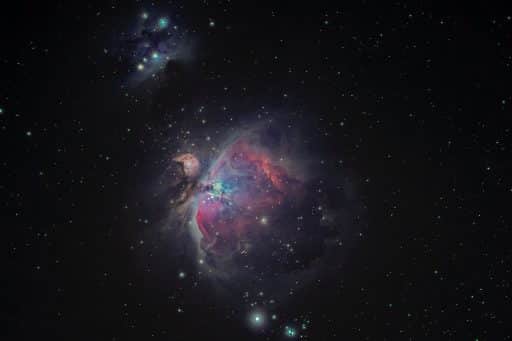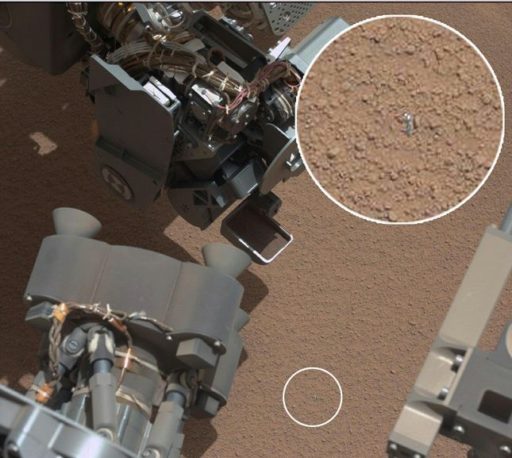Bacteria are found in almost every environment since they are able to survive in many different habitats. They can be found on soil, in plants, on animals and inside them and in the air. They are also able to survive in extreme temperatures and can live with or without oxygen. Although the planet Mars is not a habitable place, NASA has claimed that bacteria could colonize on Mars.
Victor Baker at the University of Arizona in Tucson and Manuel Roda at Utrecht University recently made a detailed study of a Martian crater called Aram Chaos. This crater has a channel 6.2 miles (10 km) and 1.2 miles (2 km) deep. NASA scientists have found an evidence that millions of years ago, Mars was hit by a huge flood when a large ice-covered lake cracked open. They believe that a lake filled the crater when Mars was warmer. As the planet cooled, the lake froze solid and was covered in a layer of rock.
On the other side, some scientists argue that at the same time, geothermal energy warmed the ice from below, creating a liquid layer. Over thousands of years, the weakened sediment collapsed, breaking the ice and letting water gush to the planet’s surface.
However, today’s Martian polar ice caps are known to be mostly water ice. Scientists have detected frozen water just under the surface at mid-latitudes. NASA scientists believe that during the flood, bacteria as well as microbes might have hid themselves in the red planet’s frozen water. Based on this theory, researchers assume that any microbial life in the liquid lake may have become dormant as the water refroze on icy Mars.
Courtesy: Daily Mail
[ttjad keyword=”best-selling-gadget”]




